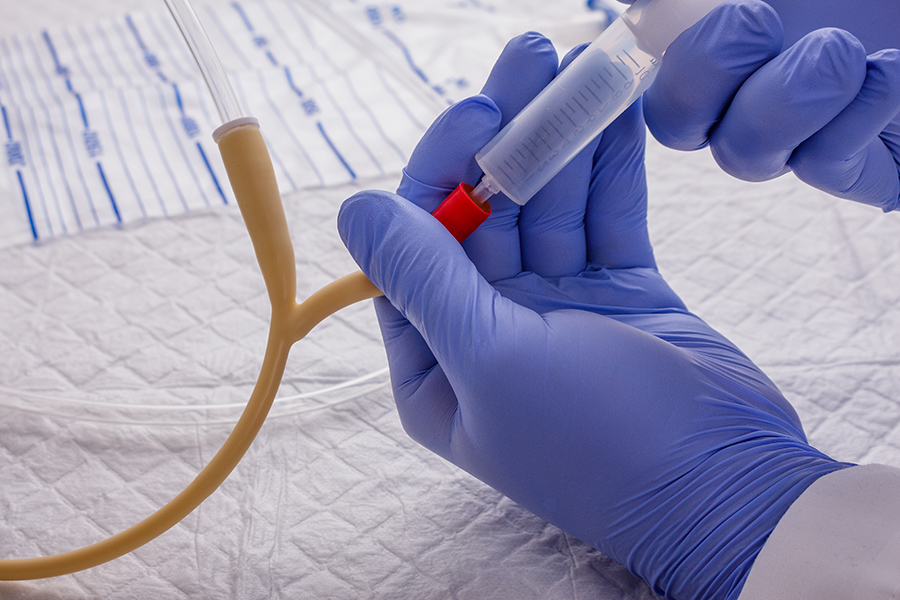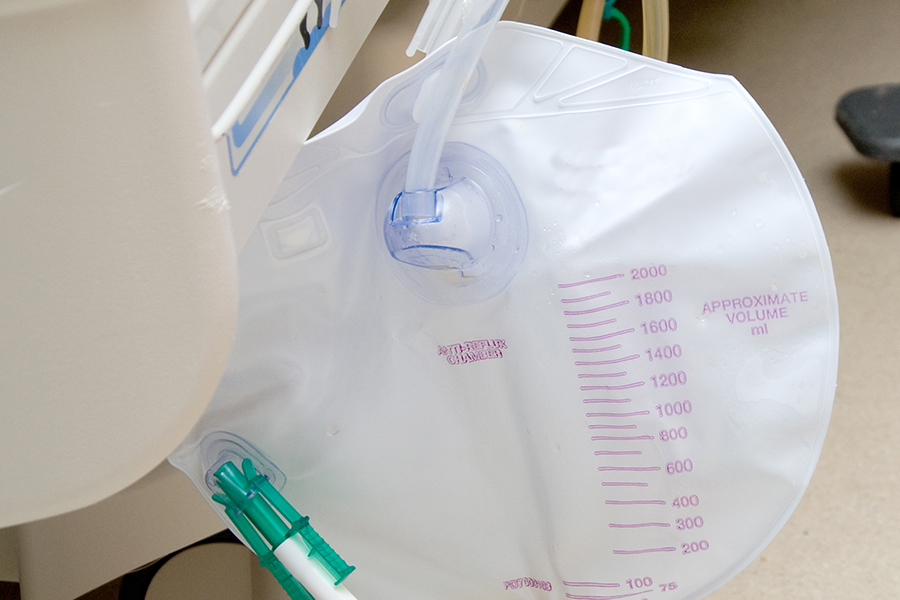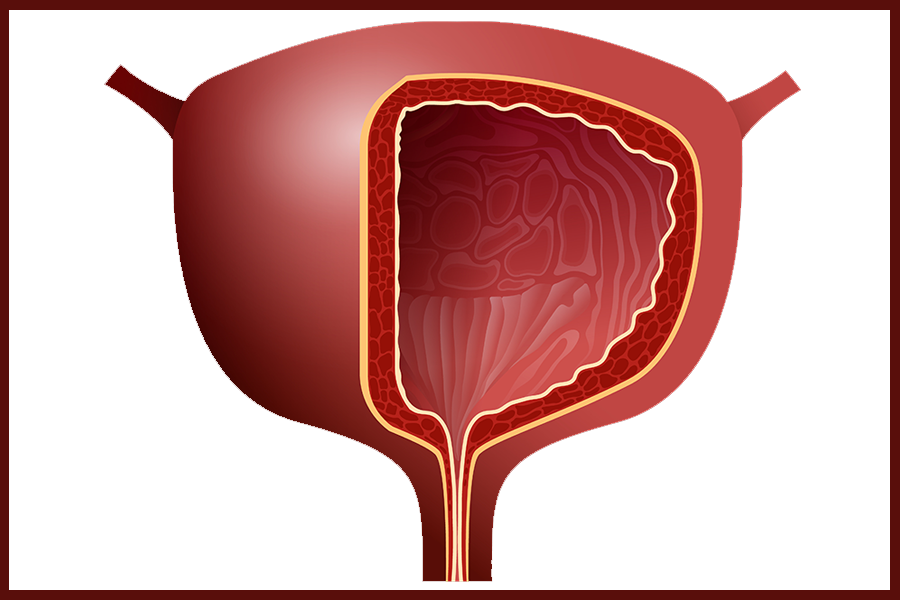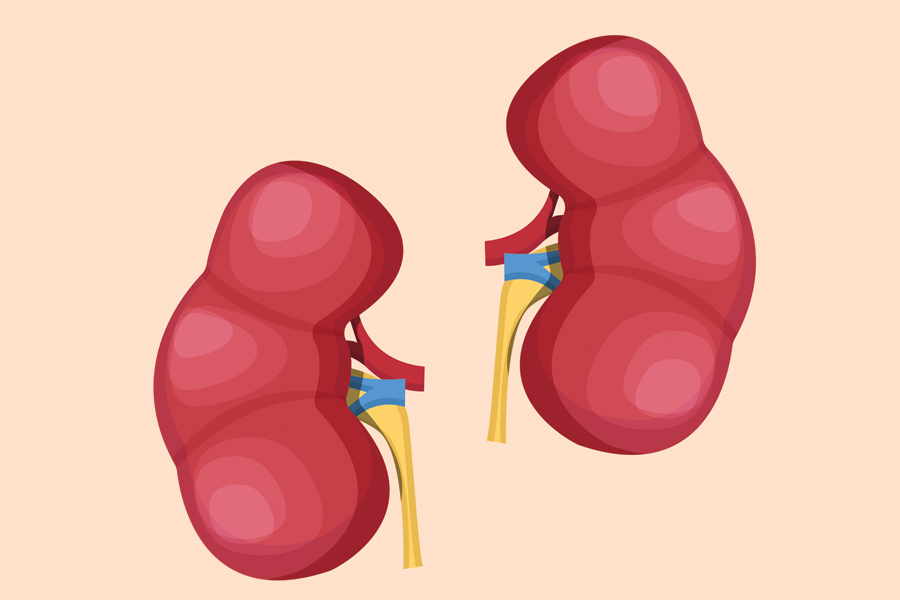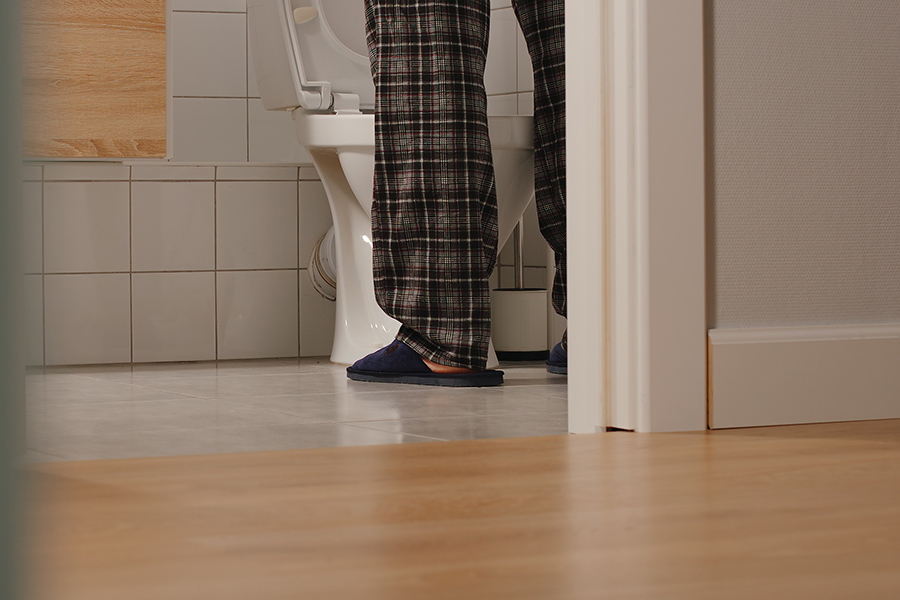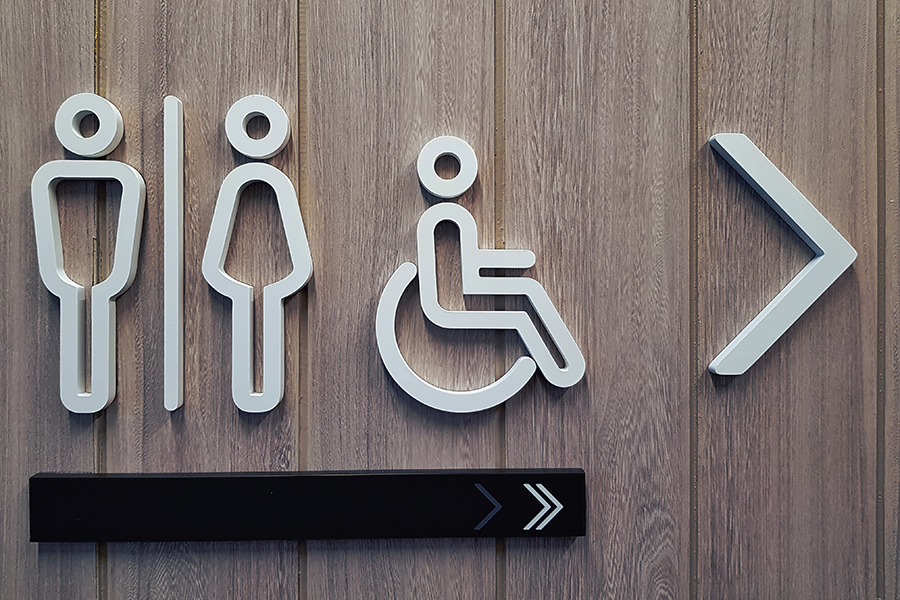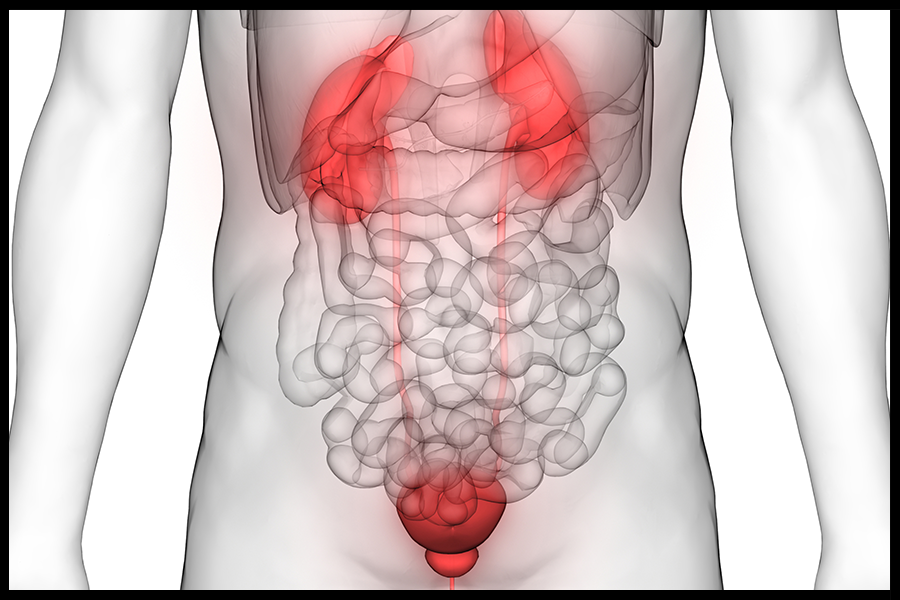Male external catheters (MECs), also known as condom catheters, are an option for men who experience incontinence. They can be used instead of guards, diapers (briefs) / disposable undergarments or intermittent catheters. If your doctor has recommended a condom catheter, we can help you learn more about how to get started, and how to troubleshoot. Before you begin, the National Association for Continence (NAFC) advises that you see a nurse specialist who is experienced in sizing and teaching men to use condom catheters.
When first told that you may need to use a catheter, or that a catheter is an option to manage your incontinence, you might be worried, or possibly excited at the idea (some men would rather use a condom catheter as opposed to other incontinence supplies). Either way, with some knowledge and practice on your side, your worries will soon start to diminish.
A male external catheter is a flexible sheath worn over the penis, similar to a condom, and connected to a tube which leads to to a urine collection bag. MECs are available in several different materials (including silicone, polyurethane and latex) and may be either self-adhering or secured by a strap.
If you are interested in condom catheters and would like to speak to a medical professional about them, asking for a referral to a urologist might be in order. You may find our article about visiting a urologist for the first time helpful.
Check out these links to learn more about MECs and terms:











